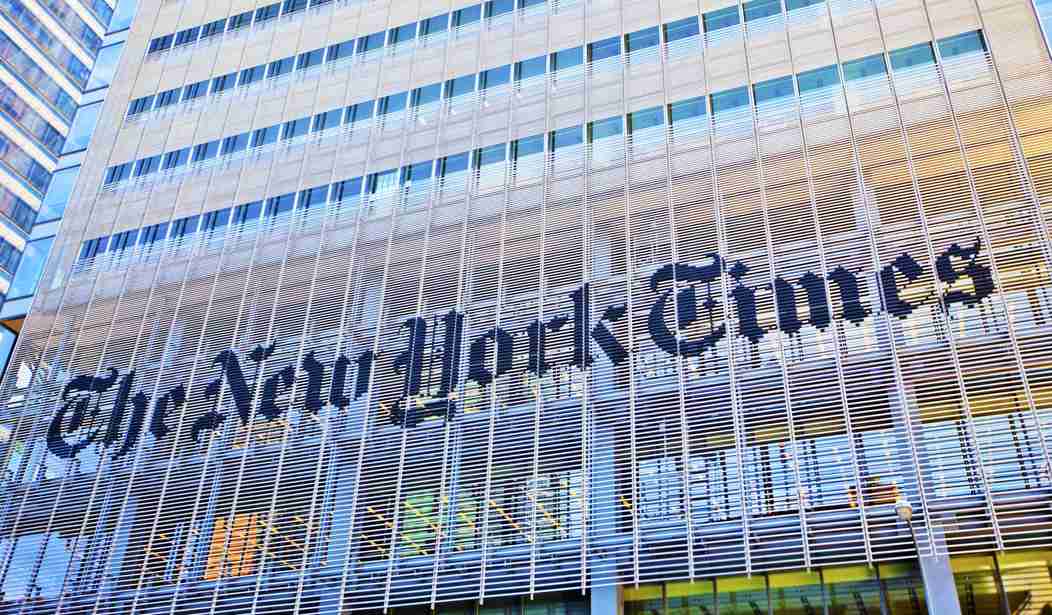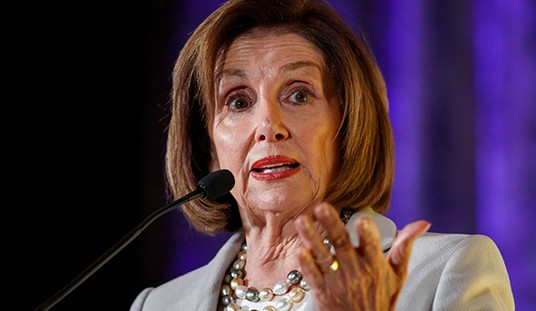New York Times publisher Arthur O. Sulzberger Jr. sought to limit the damage done by the paper’s relentlessly biased reporting of the presidential election by penning a letter to readers that promised the Times would strive “to report America and the world honestly, without fear or favor, striving always to understand and reflect all political perspectives and life experiences in the stories that we bring to you.”
Does he really believe that load of crap?
I’m afraid he does. Sulzberger and the media in general live in a bubble where they may try to understand how the rest of the country thinks but have no clue because of a built-in bias against ideas that do not comport with their static and rigid ideology. I’m sure there are many reporters who believe they are being objective when they express disapproval for a worldview that is alien to their experience. The election exposed the media as acting — deliberately or not — as surrogates for the Democratic Party.
Will they learn anything? Sulzberger’s letter to readers was at least partly in response to a scathing analysis of the Times‘ election coverage by public editor Liz Spayd:
Certainly, The Times isn’t the only news organization bewildered and perhaps a bit sheepish about its predictions coverage. The rest of media missed it too, as did the pollsters, the analysts, the Democratic Party and the Clinton campaign itself.
But as The Times begins a period of self-reflection, I hope its editors will think hard about the half of America the paper too seldom covers.
The red state America campaign coverage that rang the loudest in news coverage grew out of Trump rallies, and it often amplified the voices of the most hateful. One especially compelling video produced with footage collected over months on the campaign trail, captured the ugly vitriol like few others. That’s important coverage. But it and pieces like it drowned out the kind of agenda-free, deep narratives that could have taken Times readers deeper into the lives and values of the people who just elected the next president.
In other words, The Times would serve readers well with fewer brief interviews, fewer snatched slogans that inevitably render a narrow caricature of those who spoke them. If you want to further educate yourself on the newly empowered, check out the work of George Packer in The New Yorker. You’ll leave wiser about what just happened. Times journalists can be masters at doing these pieces, but they do them best when describing the lives of struggling immigrants, for example, or those living on the streets.
A fascinating graphic appeared on the front of the paper and home page earlier this week depicting, state-by-state, the powerful American working class — the less educated it called them. Many in this group make up Trump’s base, and the essential questioned posed by the graphic and to readers was this: to what degree will these voters show up at the polls?
We have our answer. The next question is whether The Times is interested in crossing the red line to see what this America wants next.
That’s about as damning as it gets: the public editor calling out reporters and editors for being out of touch with most of the country. Sayd accuses the Times‘ reporters of being shallow and biased.
But she’s dreaming if she believes the Times is capable of change. They think they have a corner on “truth” and any deviation from the Revealed Word of liberalism puts those who disagree beyond the pale.
They continue to believe it despite being knocked on the head by those they so cavalierly dismiss as irrelevant to the America they live in.










Join the conversation as a VIP Member